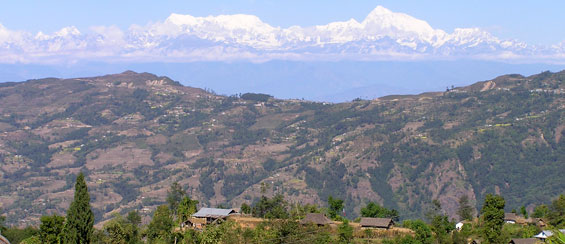Guiding Questions
What are the cognitive mechanisms that allow infants to learn the language of their social environment?
Children are extremely flexible with respect to language acquisition – any child can learn any of the world's approximately 7000 languages.
Psycholinguistic research has made considerable progress with regard to specific learning mechanisms in specific languages. But we know very little about the general mechanisms that would apply in all languages. Also, little is known about language-specific differences in acquisition.
How do infants learn the extremely diverse structures present in the languages of the world?
Language acquisition is a process that takes several years and requires a huge amount of memorisation and abstraction. How does the surrounding language help children in this process – and does it have a special structure that makes this learning process possible? To really understand language acquisition we need to understand how any of the structures of the worlds language can be learned.

Diversity matters! Why?
Because studying a specific language always means studying one specific cultural construct which is an idiosyncratic result of a number of factors. This means our choice of the language we study can have immense consequences on our results. Just take English as an example. English is a spectacularly unusual language with respect to its grammatical features very different from most languages of the world. Now if we only study how children learn English, we will make generalisations about the acquisition process that is restricted to this very specific language. This would be as if biologists studied the locomotion behaviour of kangaroos and then generalised to mammal locomotion in the light of this outlier and its peculiar hopping way of locomotion.
Languages are parts of cultures, but this insight is not part of mainstream science yet. So far, we have biased research on language acquisition towards subgroups of languages spoken in WEIRD cultures (Western, Educated, Industrialized, Rich, Democratic; Henrich 2010), which are all very similar to each other from a structural point of view. Thus, data from these languages do not help much in answering the question how children deal with learning the enormous variety of linguistic structures present in the languages of the world. But it is exactly the universal processes and mechanisms of language development we are interested in. So how can we overcome this bias?